This post may contain affiliate links. Please read our disclosure policy.
How to make garlic paste with just 3 ingredients in minutes. This pureed garlic is the perfect time-saving, meal-prep alternative to freshly minced garlic in almost any recipe!
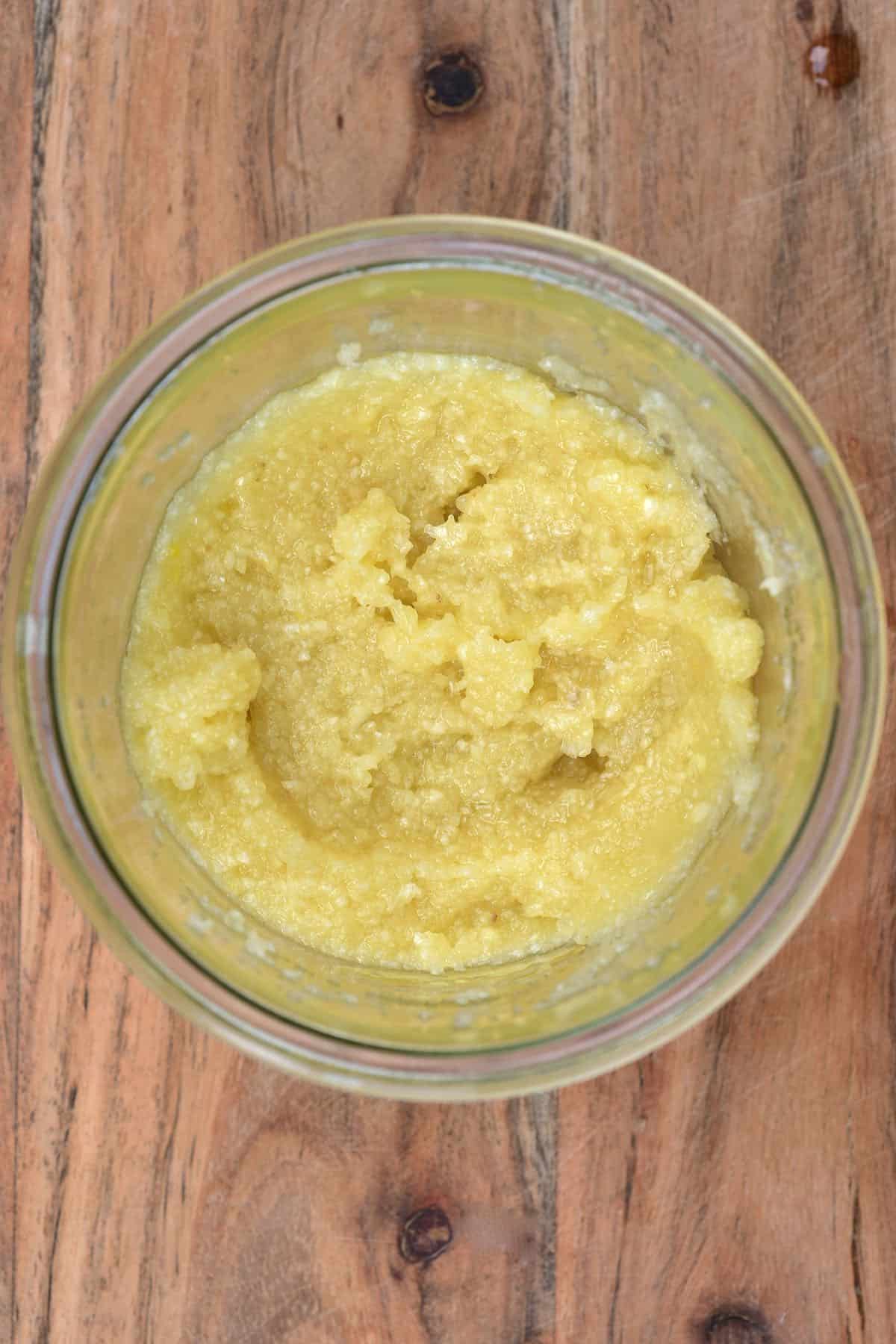
After spending several days testing all the methods and hacks for how to peel garlic, not only does my entire apartment smell like garlic, but it doesn’t look like that’s set to abate with all the garlic recipes and DIYs I have coming up either. I’ve already posted my recipe for Lebanese garlic sauce (Toum), and I have a garlic aioli on the way. Now, however, it’s time to explore how to make garlic paste.
The truth is, even after discovering the easiest way to peel garlic, it’s still a process that I, and many others, avoid. Some people do this by buying pre-peeled garlic and garlic puree from the grocery store.
I, however, keep things homemade to know exactly how fresh the ingredients are and what’s going into it. I also find that I far prefer the flavor of homemade garlic paste too – and by ‘prefer’, I mean it’s MILES better.
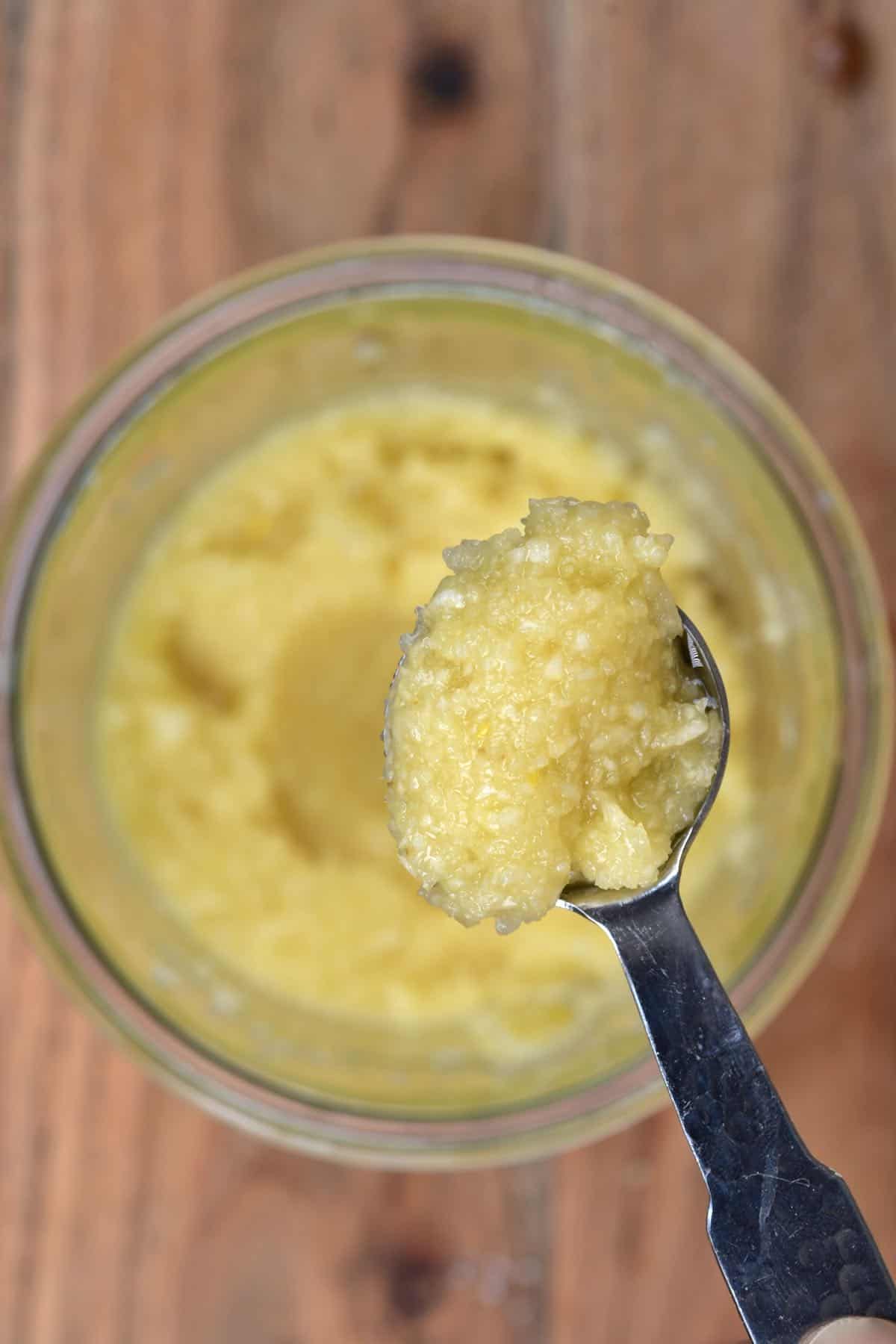
I’ve tried store-bought garlic pastes that taste like nothing and others that are acrid and just not pleasant. None of which taste like freshly minced garlic! And if you ever want to make a garlic ginger paste that you can use in a ton of recipes, I also have a method on how to make Ginger Paste.
This garlic paste comprises just three ingredients: garlic, oil, and salt. The latter two help preserve it for longer. Once prepared, you can store it in the fridge or freezer and get to avoid prepping garlic for meals and meals to come.
Want to save this recipe?
The Ingredients
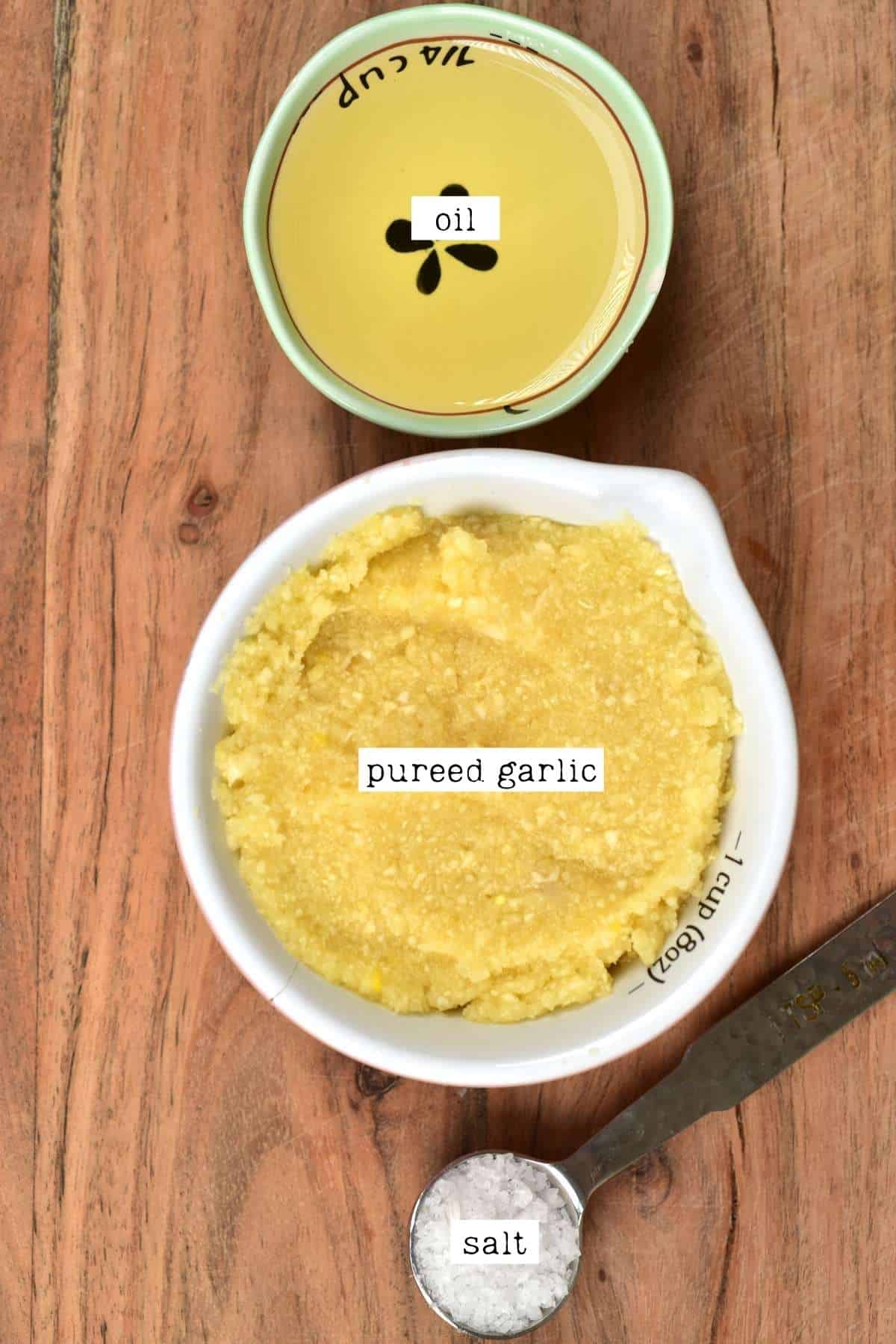
- Garlic: choose fresh garlic heads that are smooth and heavy. Avoid any with green shoots, soft spots, or mold.
- Oil: any neutral oil will work; vegetable oil, canola, avocado oil all work too.
- Salt: this acts as a preservative, but it also draws moisture out of the garlic, tenderizing it and providing better flavor (in my opinion).
How To Make Garlic Paste
First, peel the garlic using one of these methods. Optionally, remove the tough stem bit.
You could also remove the green ‘germ’ from within the center of each garlic clove for less bitter results. I usually don’t, though.
Then add the garlic to a blender and process into a garlic puree.
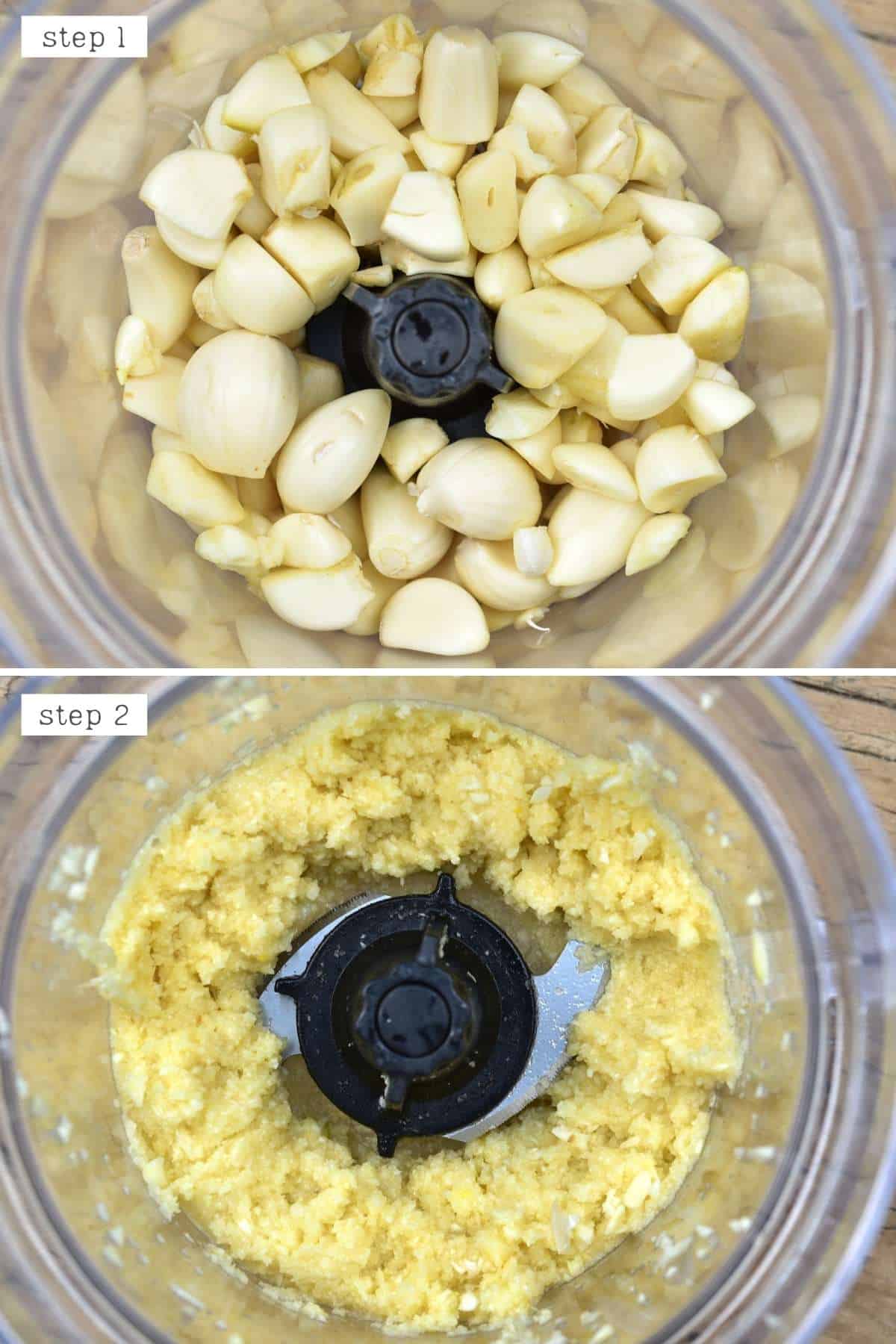
Add the oil and salt to the blender and blend for a few seconds to thoroughly incorporate all the ingredients. The garlic paste is ready.
Feel free to blend even longer into a smoother paste, optionally, or even leave it slightly chunkier.
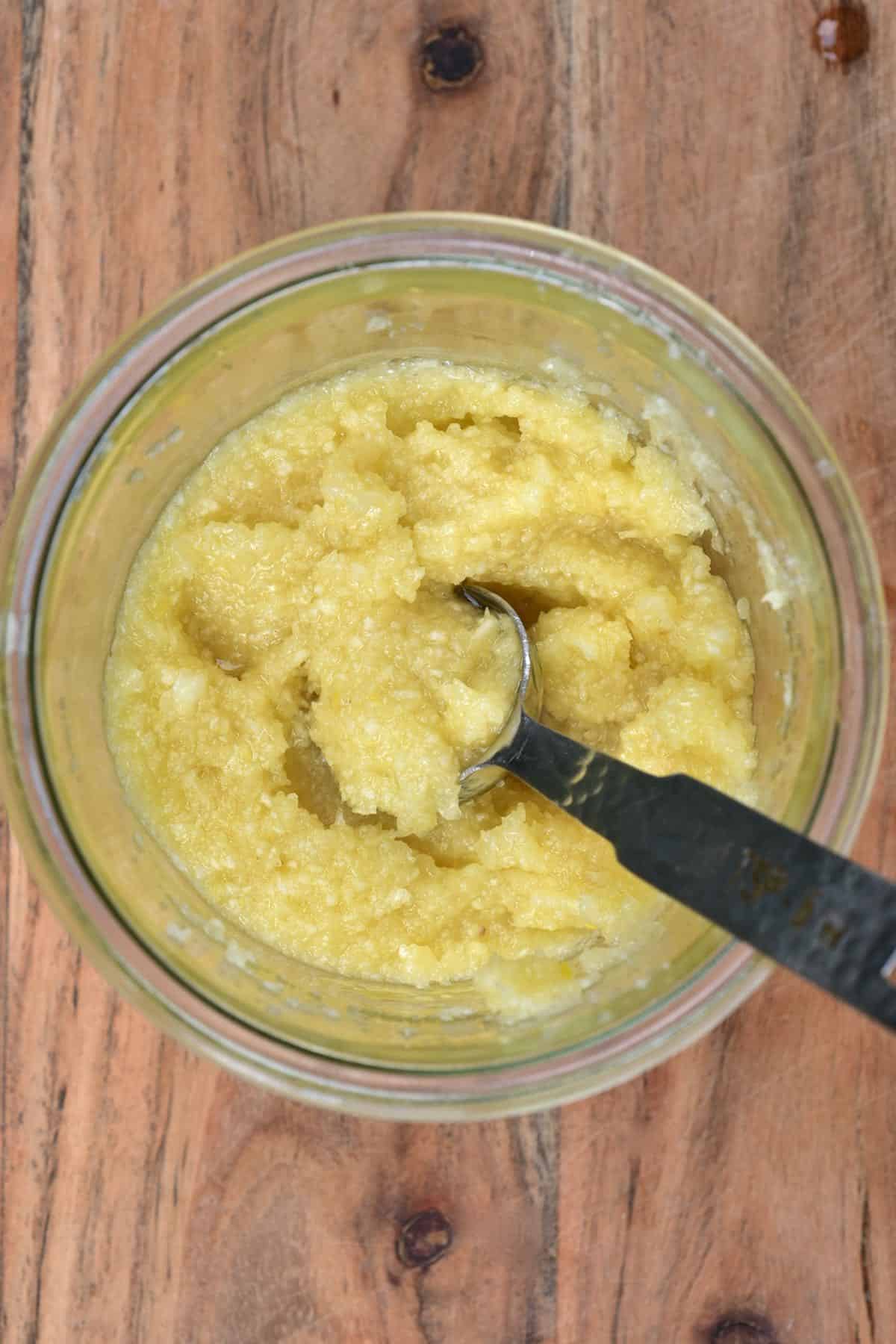
How To Store
Fridge: store in an airtight glass jar for between 5-7 days. Don’t leave it for longer as there is a chance of botulism with garlic and oil. If you don’t think you can use it within a week, freeze any extra.
Freezer: my favorite way to store this garlic paste is in the freezer. This is also the best method for anyone afraid of the risk of botulism.
Spoon it into a small ice-cube tray in portion sizes (based on how much you generally use. You can add 1 tsp per cube (1 clove) or more. That way, you can grab as many cubes are needed for any given recipe and add them straight to the pan. It can be stored for between 3-4 months.
You can also add the garlic paste to a freezer-safe bag and press to flatten, then break off bits (by eye as it won’t be measured) as and when needed.
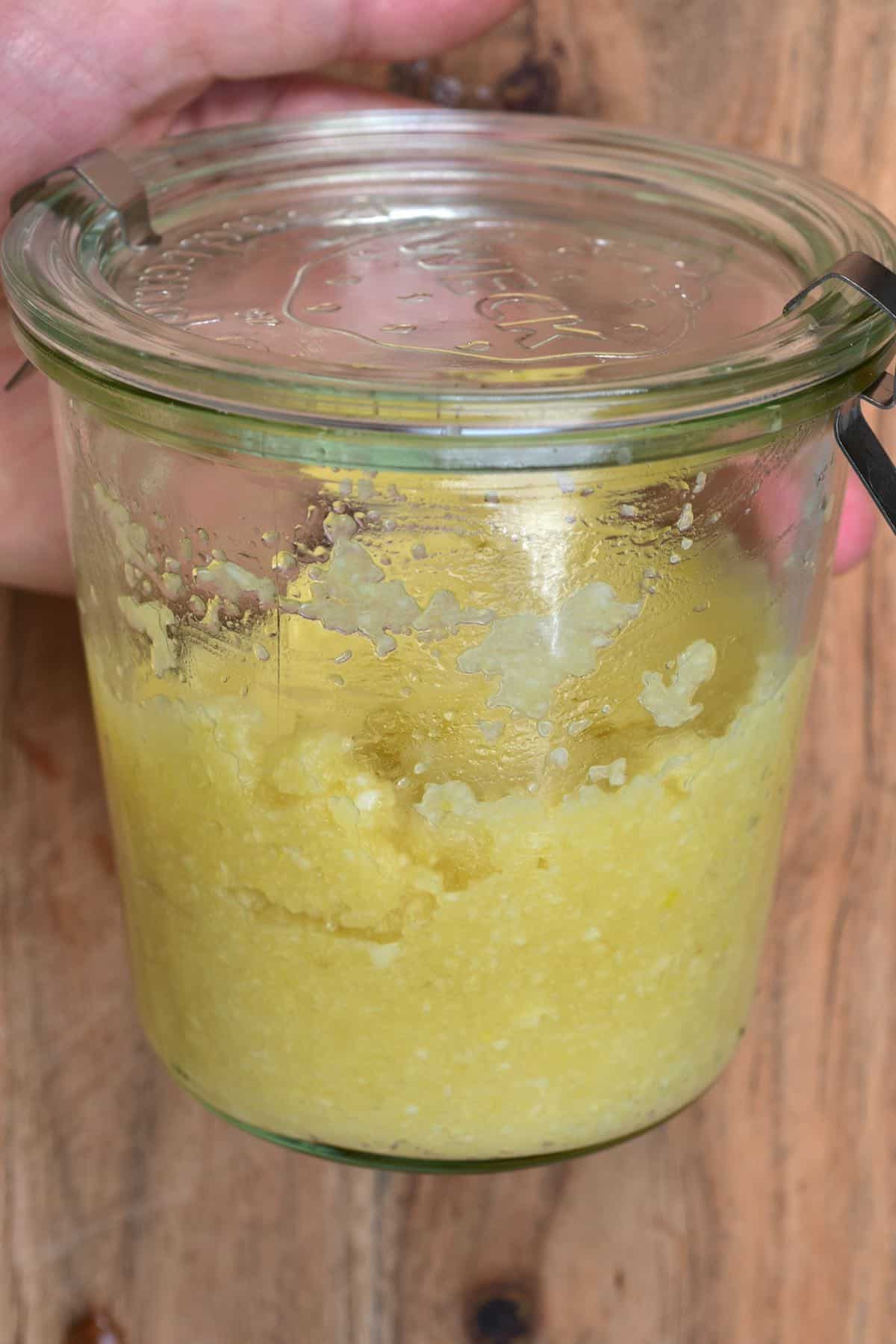
FAQ
Can I make garlic paste without a blender?
Yes, it won’t be as smooth, but it’s possible. To do so, finely mince the garlic with a knife. Then sprinkle the salt over the garlic. Using the side of your knife, hold it at a slight angle and scrape it along the garlic salt mixture backward in a way that presses it down, flattening it and combining the salt and garlic. Continue to do this for 1-2 minutes, and you’ll end up with a creamy garlic paste. Combine it with oil and decant into a clean jar.
Alternatively, you can use a mortar & pestles to grind the garlic – though this will take a long time if you’re planning on making large amounts.
Can I use garlic paste instead of garlic?
You sure can! This garlic paste will work in almost any recipe that calls for garlic (obviously not ones where the clove should be kept intact).
Use 1 teaspoon of garlic paste per clove. If the recipe asks for minced garlic, then use a 1:1 ratio.
I love to use it within sauces, where all the small bits of garlic really permeate throughout the dish.
Other Garlic Recipes You May Like
If you try this garlic paste recipe, then let me know your thoughts and questions in the comments. I’d also really appreciate a recipe rating and would love to see your recreations – just tag @AlphaFoodie.
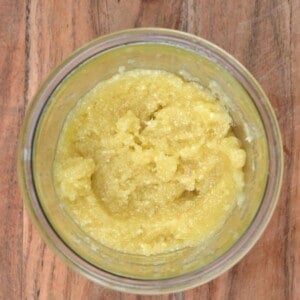
How To Make Garlic Paste (Garlic Puree)
Ingredients
- 1 pound garlic cloves
- 1/4 cup oil any neutral oil (e.g. vegetable, avocado, canola)
- 1 tsp salt
This will yield about 1 cup paste
Instructions
- Peel the garlic using one of these methods. Optionally, remove the tough stem bit.You could also remove the green 'germ' from within the center of each garlic clove for less bitter results. I usually don't, though.
- Add the garlic to a high-speed blender and process it into a garlic puree.
- Add the oil and salt to the blender and blend for a few seconds to thoroughly incorporate all the ingredients. The garlic paste is ready.Feel free to blend even longer into a smoother paste, optionally, or even leave it slightly chunkier.
How To Store
- Fridge: Store in an airtight glass jar for between 5-7 days. Don't leave it for longer as there is a chance of botulism with garlic and oil. If you don't think you can use it within a week, freeze any extra.Freezer: My favorite way to store this garlic paste is in the freezer. This is also the best method for anyone afraid of the risk of botulism.Spoon it into a small ice-cube tray in portion sizes (based on how much you generally use. You can add 1tsp per cube (1 clove) or more. That way, you can grab as many cubes are needed for any given recipe and add them straight to the pan. It can be stored for between 3-4 months.You can alternatively add the garlic paste to a freezer-safe bag and press to flatten, then break off bits (by eye as it won't be measured) as and when needed.
Notes
Nutrition
Nutrition information is automatically calculated, so should only be used as an approximation.

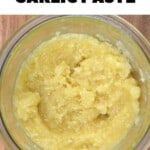
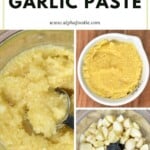
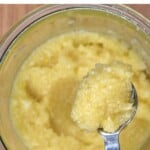
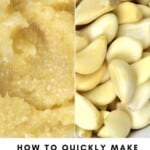
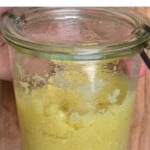
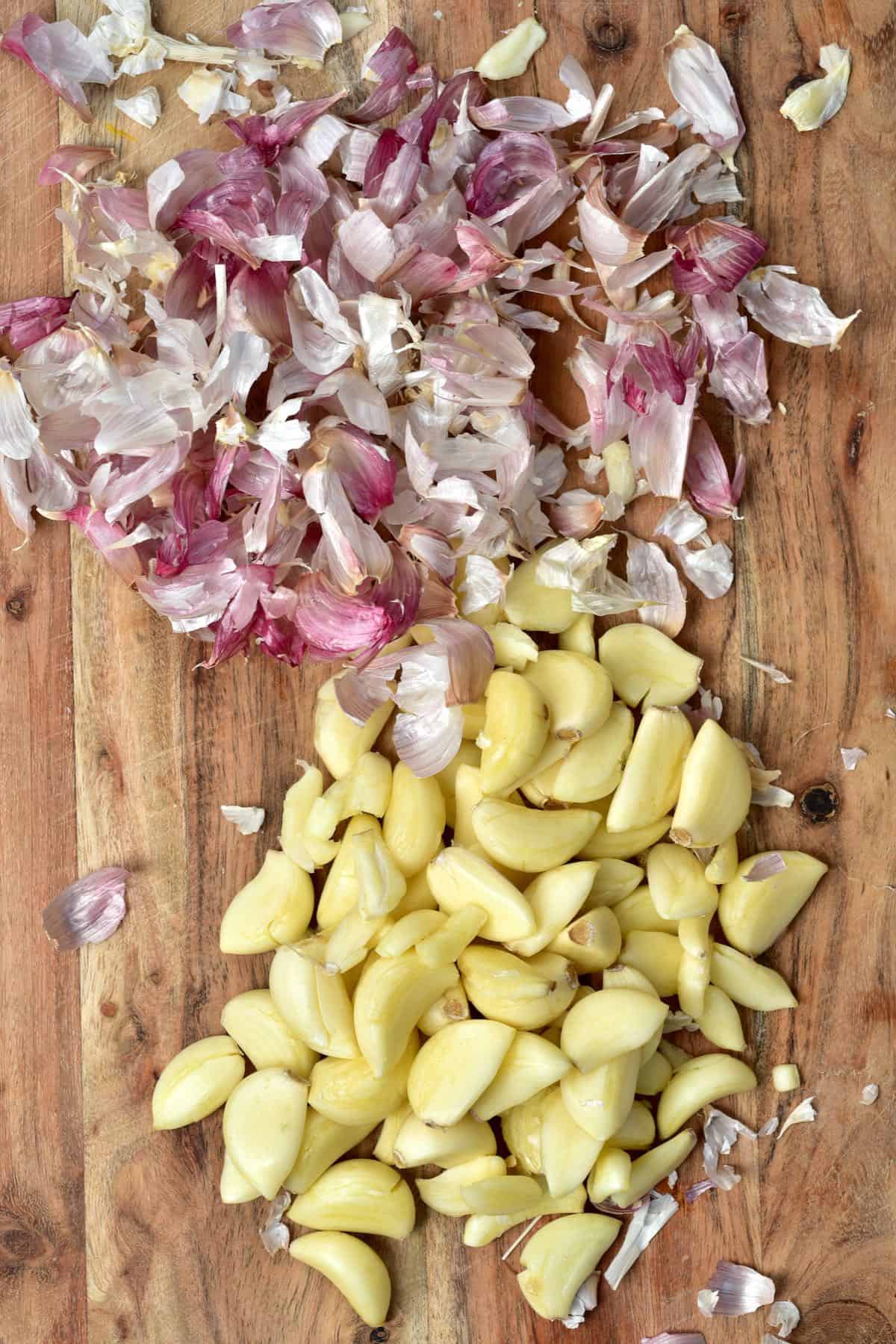
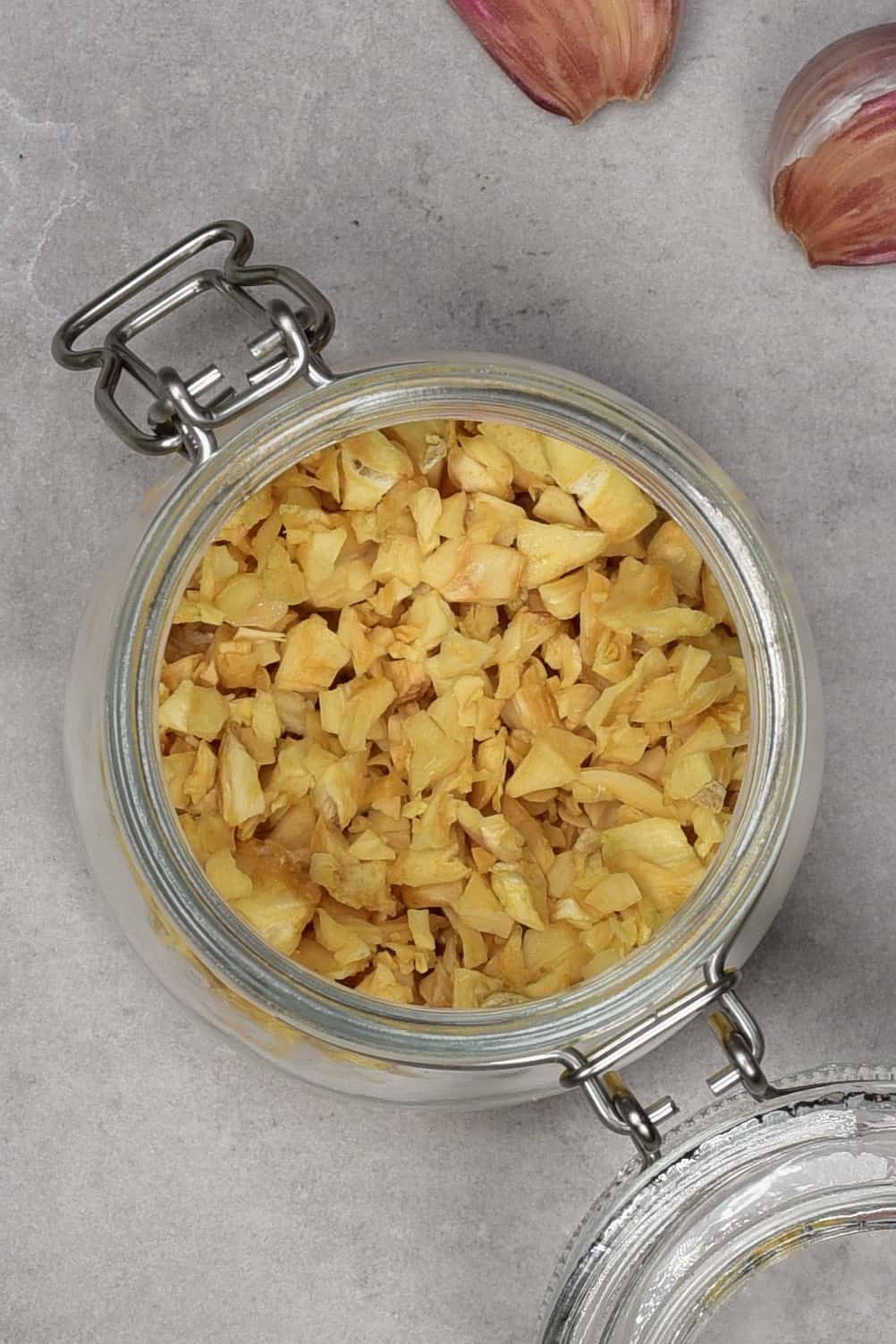
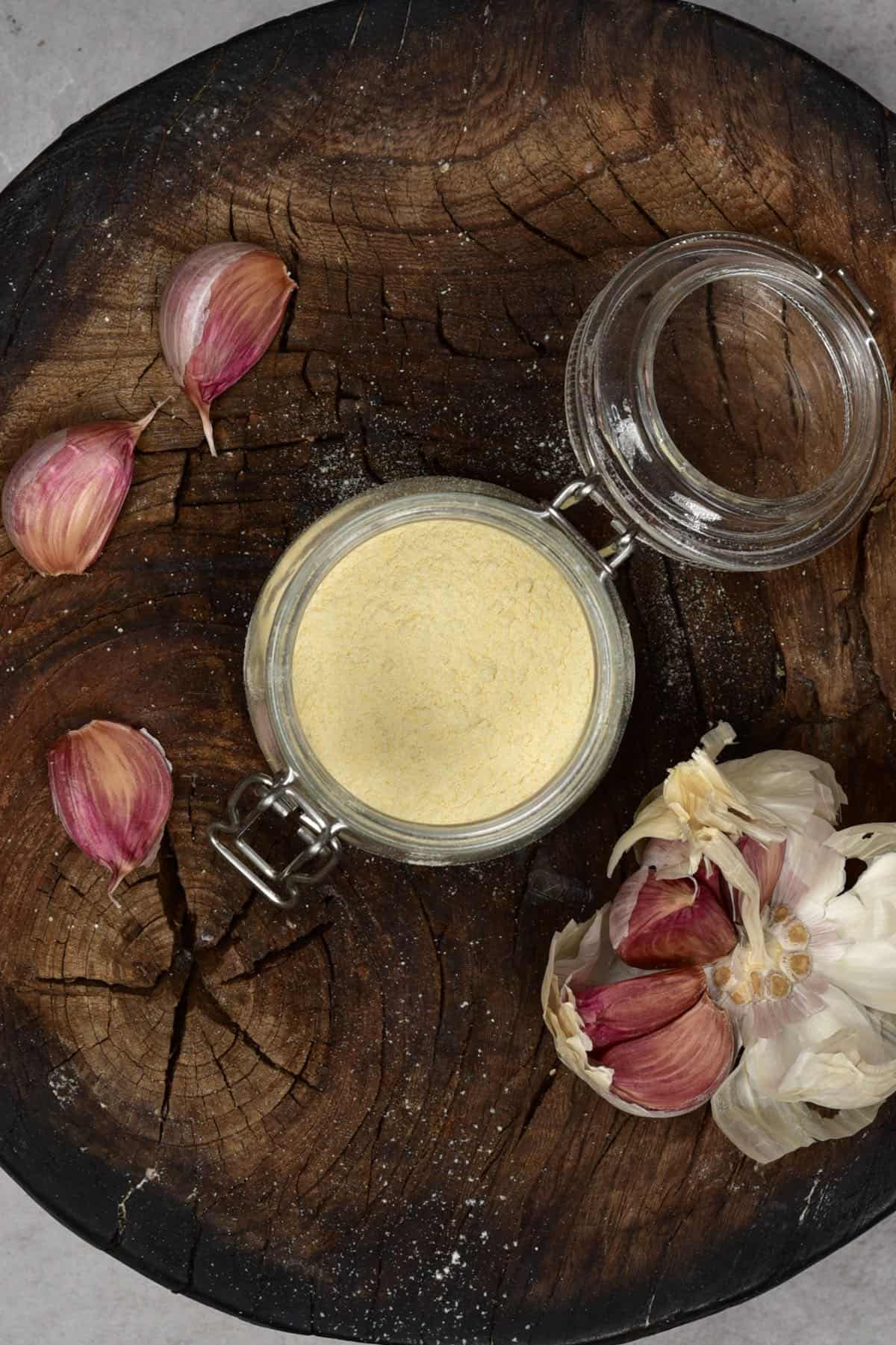









HELP!!! I believe the only stupid question is the one you don’t ask. So, as far as the oil, is it a CHOICE of vegetable/canola/olive OR 1/4 C of each???
Hi Karen,
Any neutral oil will work. You need only 1/4 cup of the oil of your choice – it can be vegetable or canola or other. I hope this helps
Nice post i really appreciate it
Thank you, Sadaf.
thanx for recipe. I foolishly bought fresh garlic (1/4 lb) before I found a recipe. So after a bit of math (not my strong suit).
The garlic paste came out perfectly, just what the chutney I was making need.
Thanks for your comment, Laurie. I’m glad you like the recipe. 🙂
So glad that you warned about the danger of botulism with garlic / oil.
I still see people on the internet suggesting preserving garlic by storing it in oil, and shudder! So dangerous.
Thank you for your comment, Richard! Glad I could help.
Why is a blender preferable to a food processor? Surprisingly, you don’t even list food processor as an alternative method.
Hi Linda,
You can definitely use a processor instead if you prefer.